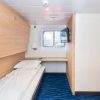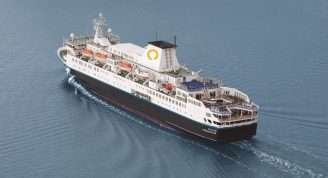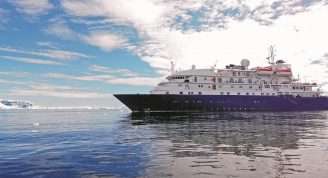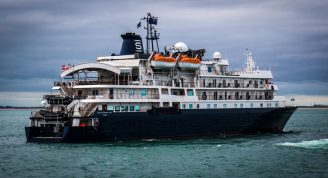Description
Island adventures
Join MS Spitsbergen on a glorious expedition cruise from Scotland to Belfast and the Isle of Man. Follow the whisky trail in Islay, which is just as intoxicating as its peaty drams. From here, you’ll explore the beautiful Outer Hebrides, Viking-influenced Orkneys and remote Shetland Islands, before sailing to Bergen.
Wonderful wildlife
You’ll be transfixed by the rugged natural beauty of the Treshnish Isles, Iona, Skye, Fair Isle and UNESCO-listed St Kilda. Enjoy looking out for rare bird colonies, eagles, seals, and perhaps even whales.
PLEASE NOTE: In keeping with our adventurous spirit, we visit small remote ports on our expeditions. Due to sea conditions and secluded locations we visit, it’s not always possible to dock in port. Sometimes we have to use our small expedition Rib boats to get ashore.














